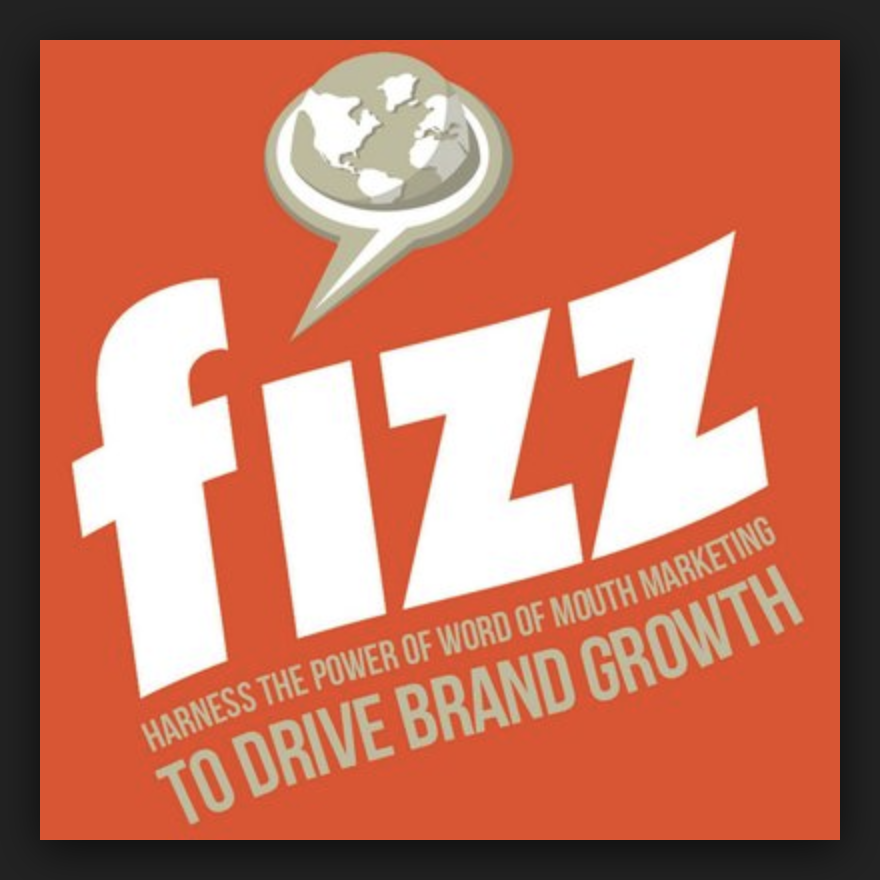Fizz wins “Humanitarian” WOMMIE
By Ted Wright December 1, 2009
In November of 2009, Fizz was honored to win the Humanitarian/Environmental WOMMIE. Fizz would like thank the good folks at PepsiCo for their support of this vital area as well as their embracing of WOMM as the most effective means of commercial communication. Fizz would also like to thank Jef Wallace, CEO of PureRay, and the rest of his team for being great clients to work with. Finally, all of us at Fizz would love you to stop by the PureRay website, www.pureray.com, and see for yourselves how to get involved.
PureRay Case Study
Background:
Grid electricity in developing countries is scarce and expensive. Many homes can neither access nor afford it, so they rely on fuel-based lamps for their lighting needs. These lamps, filled with kerosene and often made of cheap and unstable materials, are inefficient, dangerous and present a daily threat to those who use them. Kerosene lighting alone causes 2.5 million deaths a year; 20% of those deaths are from direct burns and house fire incidents. In order to read and study at dusk, children often sit in very close proximity to these dimly lit lamps. This translates to 1000 children dying each day from accidents caused by these lamps. Moreover, 244 million tons of CO2 is released into the atmosphere annually from the use of these fuel based light sources.
With the intent of reducing the dependence on hazardous fuel-based lighting, PureRay, an Atlanta based lighting technology company, developed rechargeable energy efficient lighting systems to safely illuminate households at an attainable price. These systems include three LED high-intensity light bulbs, each with emitting enough to light an entire room, and a console base that can recharge up to three bulbs at a time using solar power or a very minimal electrical draw. Self-contained and portable, the new technology promised to cut energy expenses significantly, and provide a much needed lighting alternative to households using fuel based lamps.
Business Problem:
PureRay’s marketing strategy involved selling the lights directly to the consumer which resulted in very limited success. Their story was one of innovative technology, safety, and reduced toxic emissions. While interesting and authentic, the relevance was lost on the targeted consumer concerned with day-to-day survival. Furthermore, the price of each unit, while 2/3 cheaper than fuel based lighting, still equaled 30% of an average impoverished household’s annual earnings.
Insight:
Armed with a remarkable product, after two years without much success in sales, PureRay contacted Fizz for a different approach to marketing these lighting stations. Fizz recognized first that if the consumer needs the product, they likely cannot afford it, and would not be moved by the technology behind it. Second, that there are people out there that can afford the product, that would love to give it to those in need, but demand for their attention is great. To sell more systems and save more lives, PureRay needed word of mouth marketing rather than broadcast or direct marketing. Fizz identified Non-Government Organizations (NGO) as advocates for social change. NGOs not only have the power and the ability to bring these lighting stations to the people who need it, they would also be moved by the humanitarian cause. These organizations would be outspoken and influential in getting the word out about these potentially life-saving products.
Design:
Fizz’s strategy was the following: Insert PureRay into global NGO and governmental discussion so that tens of thousands of bulbs can start flowing to those in need. The largest obstacle to being heard by NGOs is that competition for their attention is fierce. In an arena with so much noise, we would have to find some way to communicate the significance of their innovation. Fizz and PureRay developed a new story, one that was interesting,relevant and authentic to capture the interest of international NGOs to get people talking. They defined the Pure Ray story from one of engineering marvel to one of humanitarian relief; rather than talking about the system’s technology to the consumer, the story would tell the NGO community of its end benefits.
Solution:
Fizz and PureRay attended several NGO conferences including the Clinton Global Initiative, TED, and a number of UN, World Bank, OAS and IDB conferences. They walked around holding brightly lit bulbs with no obvious power source (think Uncle Fester’s magic light bulb trick). This curious sight attracted attention. Rather than interrupting or intercepting conference attendees, Fizz and PureRay engaged in conversations with those who asked questions. People who revealed themselves in conversations to have the “storyteller” personality were tagged as “Influencers” and were contacted by PureRay staff. These callers were all knowledgeable about the product and used this opportunity to establish relationships with the Influencers. Quickly, these Influencers became fans of PureRay’s product/solutions and turned into brand advocates. The word spread exponentially and lives were saved.
Results:
Through the NGO community we were able to tap into their resources to make PureRay more affordable and available. Due to the power of WOMM, PureRay now installing 5,000 PureRay stations and plans to provide another 110,000 stations to the developing world as early as 2010. Governments around the world are investing in the cause and Grameen bank, developers of collateral free micro-lending for the poor, is working towards providing direct to end consumer lending to finance the systems as essentials for impoverished rural communities. This all translated to an influx of PureRay bulbs in the field and less children dying while trying to study by the light of a kerosene lamp.
